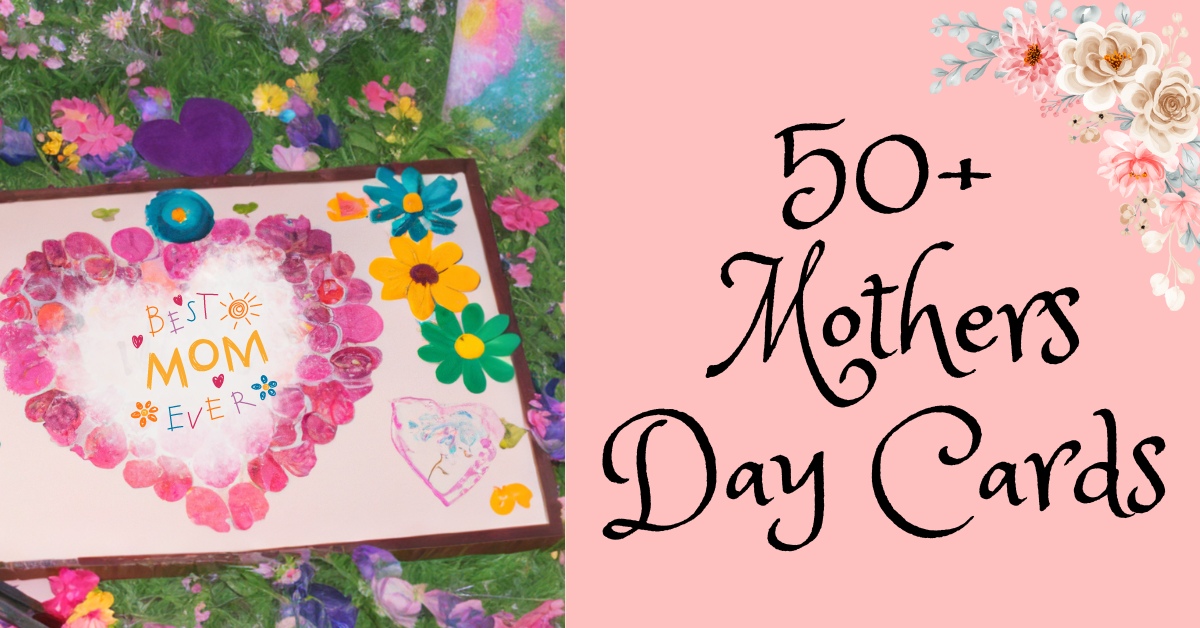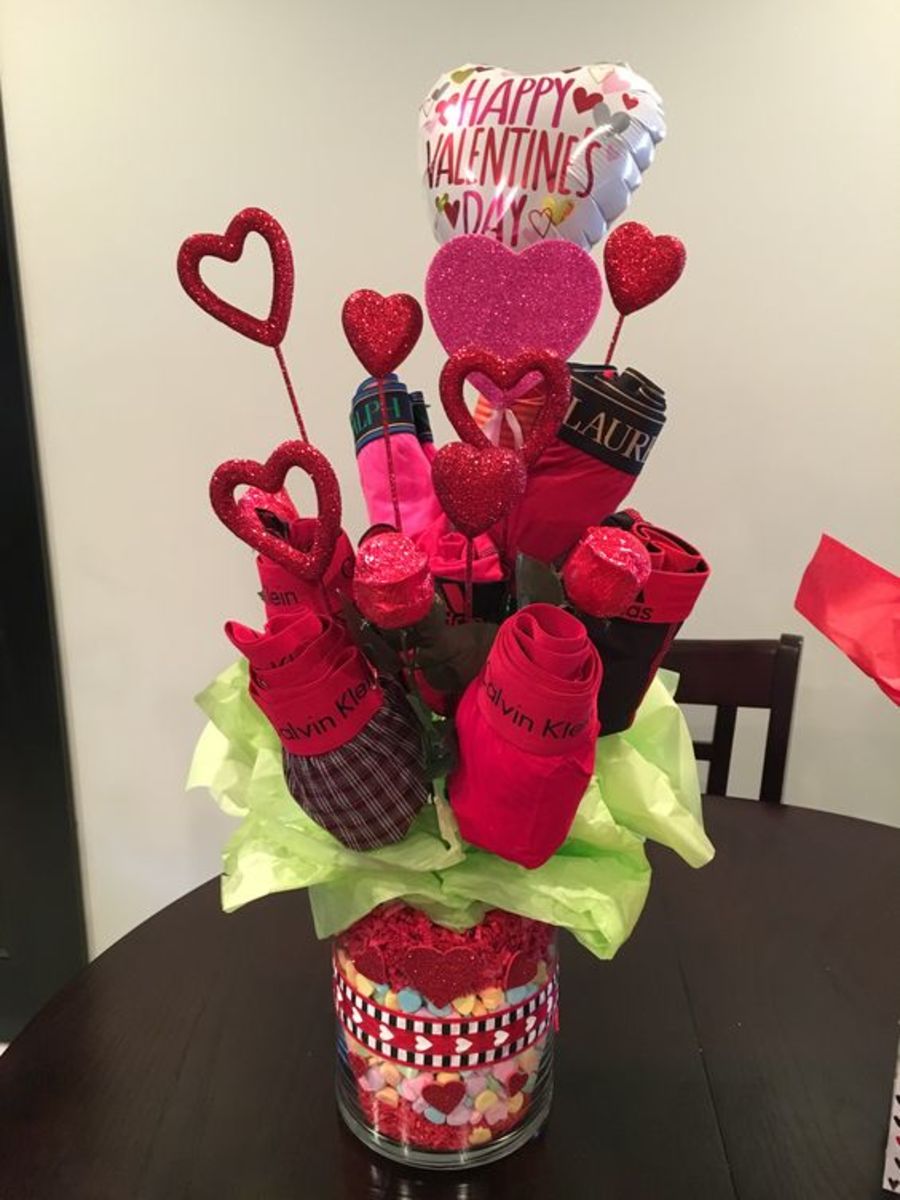Martisor, wear it on March 1st
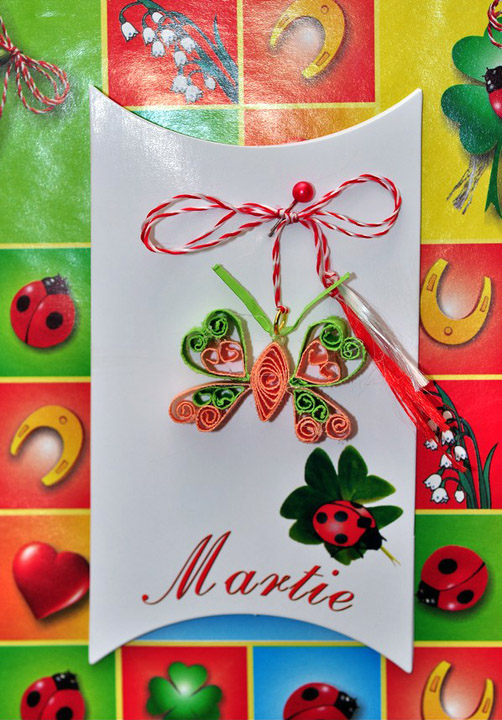
What is a Martisor?
A Martisor is a little piece of jewelry, or a pendant ,or an amulet, attached to a “string of life”.
It is a symbol of friendship, love or appreciation and is worn by women, kids, and men alike, on for the first 12 days of the month of March.
How do you get a Martisor?
A Martisor is a gift that people make to each other on March first. A Martisor is also very easy to make by your own, using read and white strings and a pendant or charm. You can also by one if you live in Romania or Bulgaria, but if you live in other countries or in America you may find one on EBay or at the local Romanian church.
How to wear a Martisor?
Usually, a Martisor is worn pinned to a blouse or sweater or to whatever you wear, just like a pin. But it can also be worn around the wrist or attached to a necklace. Sometimes, men put their Martisor on their hats or on the collar of their suits.
What it means to give or receive a Martisor?
The more of these little jewelry you receive, the more loved and appreciated you are. If you are a kid, then the chances are that your friends will give you one, but if you are a girl and a boy gives you a Martisor than you know he has a crush on you. Depending on the symbol of the little charm you will be able to interpret his feelings.
Everybody is expected to wear a Martisor on March 1st. If somebody doesn’t wear one it may means that he or she did not received any as a gift and this would be a bad sign.
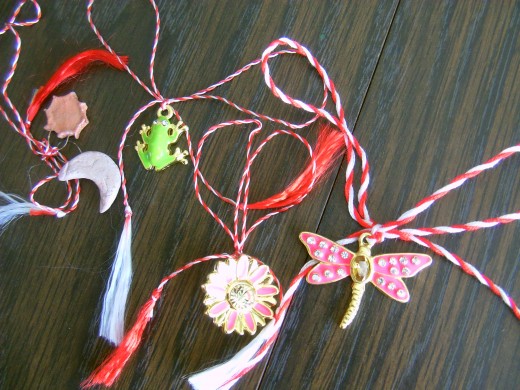
Whom to give a Martisor?
First, you give a Martisor to your parents, as a sign of love and respect. Mothers get a small bouquet of spring flowers as well.
Then you give one to your kids and they will be happy to pin it to their shirts first thing in the morning, before going to school. By the time school is over, their chest will be decorated with many more. Brothers and sisters should get one as well though they are usually forgotten.
When you are done with your family it is time to think of your boyfriend, girlfriend or spouse. They get the most expensive and the most meaningful Martisor. A heart pendant on a white and red string on their chest, it helps you to express your true feelings. And it is not out of ordinary to replace the amulet with an engagement ring, this way proposing to your lover.
For young couples, offering a Martisor is just a pretext for a date. A boy may choose to give the girl a box of chocolate candies or a huge bouquet of roses or other meaningful flowers and ask her for a date.
Last come colleagues, classmates, bosses and teachers, and occasional customers. You show them appreciation, respect or a close relationship by offering this little gift. They don’t get anything else but your superiors may get a bigger and better Martisor.

Do not give
Money
Checks
Household items
Food other then sweets
These items may be offered as well:
Flowers
Jewelry of any kind (rings, pins, bracelets or necklace)
Chocolate
Letters of appreciation or love
Cards
Parfumes
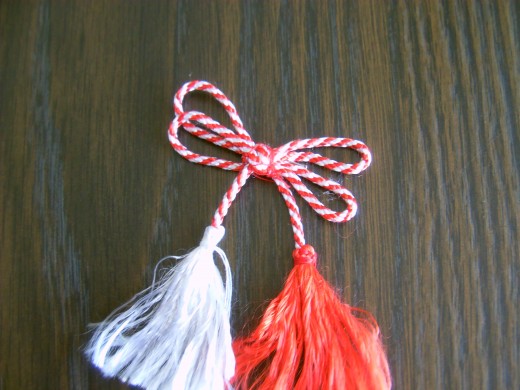
The tradition of Martisor
Martisor is an old Romanian celebration that can be found also in Bulgaria.
I could not find a date associated with the beginning of this tradition but it has been documented at least two centuries ago.
There are many theories trying to explain the origins, the meaning and the symbolistic of Martisor.
The most accepted one says that it begun sometimes in antiquity, by either the Thracians (a local population living before Common Era in what is now Romania, in the north, Moldova, at east, Greece in the south, and Albania and parts of former Yugoslavia to the west), either by Romans, from where the name came (Mars-the God of war).
However, the ethnologists agreed about the meaning of this tradition: Martisor is a festival of birth, renewal, life and love, not only because is celebrated at the beginning of spring which is also the beginning of agrarian year, but because the symbols that this tradition have preserved until today.
At first, the Martisor was made of black and white strings, twisted together, with the ends tied in a knot. This cord was worn by children at their wrists, young unmarried women at their neck, married women around the waist, and all men at their hats.
The black and white Martisor was called “the rope of life” and represented the opposites: good -bad, cold-warm, winter-summer, etc.
Somehow, people have replaced the black string with a red one, tradition preserved today. At first, they attached a silver coin on the string as an amulet for luck and wealth. Then they became more creative: cheap trinkets replaced the coins. The shape and symbols of the trinkets were unlimited: horseshoes, four leaf clovers, chimney sweepers for luck, hearts and flowers of any kinds for love and friendship, insects and animals, birds and plants for wealth and health.
The name comes, more likely, from the name of the month of March, which in Romania is Martie and Bulgarian is Martz.
I’m not living in Romania any more but I still have some of these little jewelry in my boxes. On march first I like to pin one to my shirt and go to work. This year I will wear it for the whole 12 days. If you want one, drop me a line and I’ll teach you how to make it.



